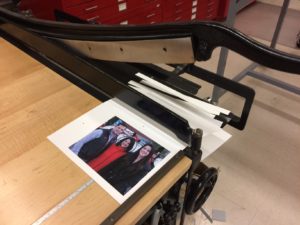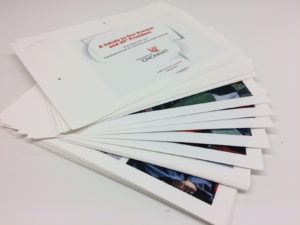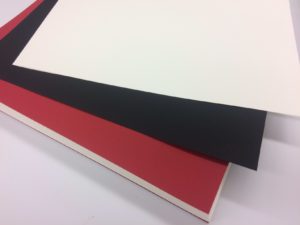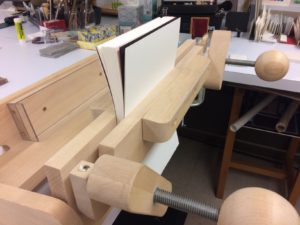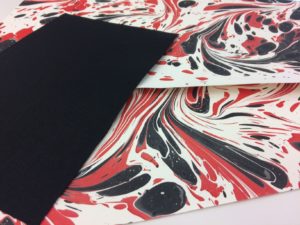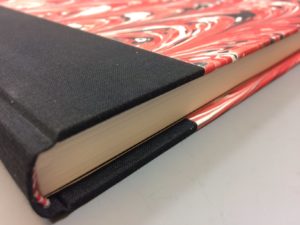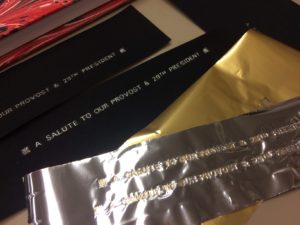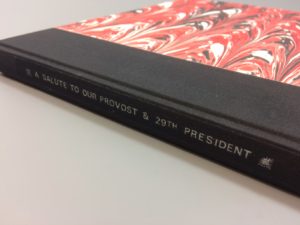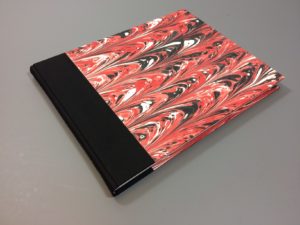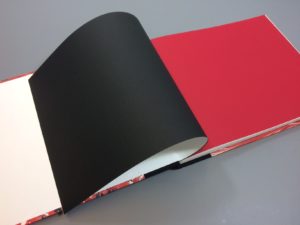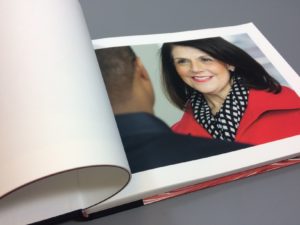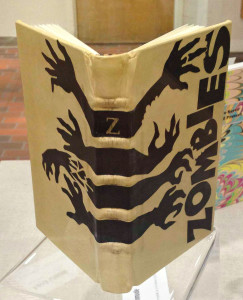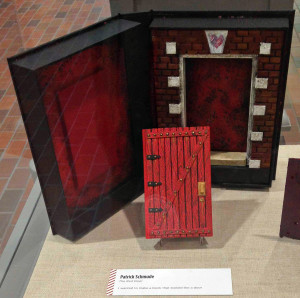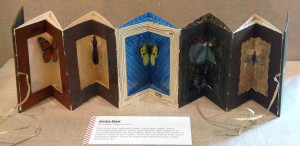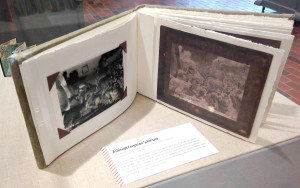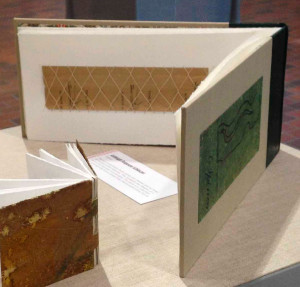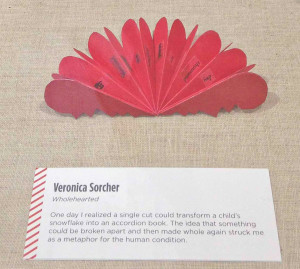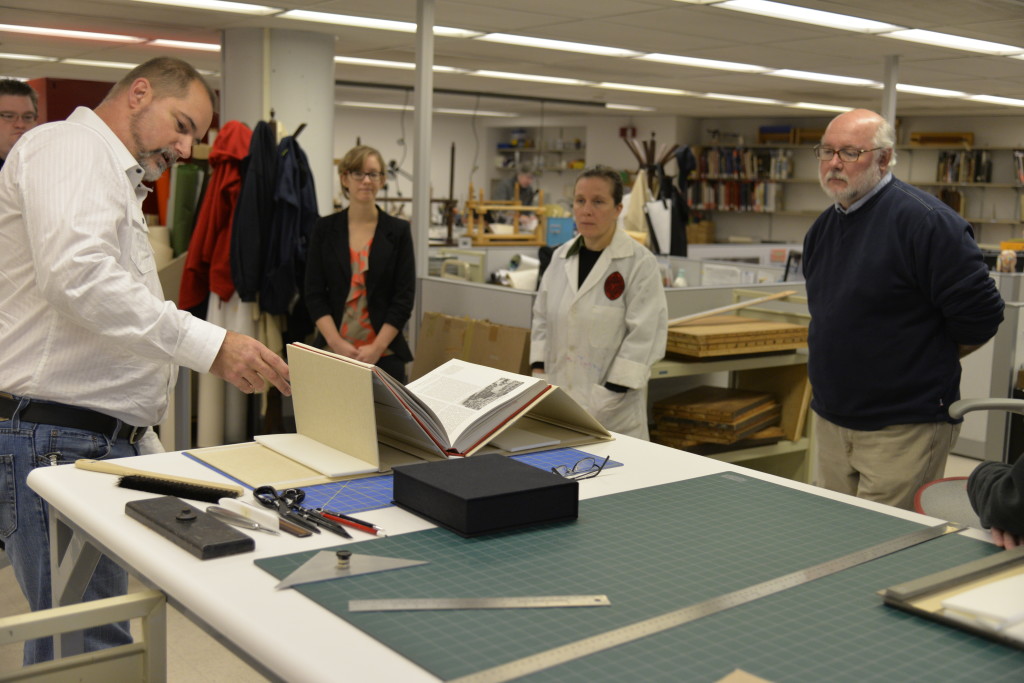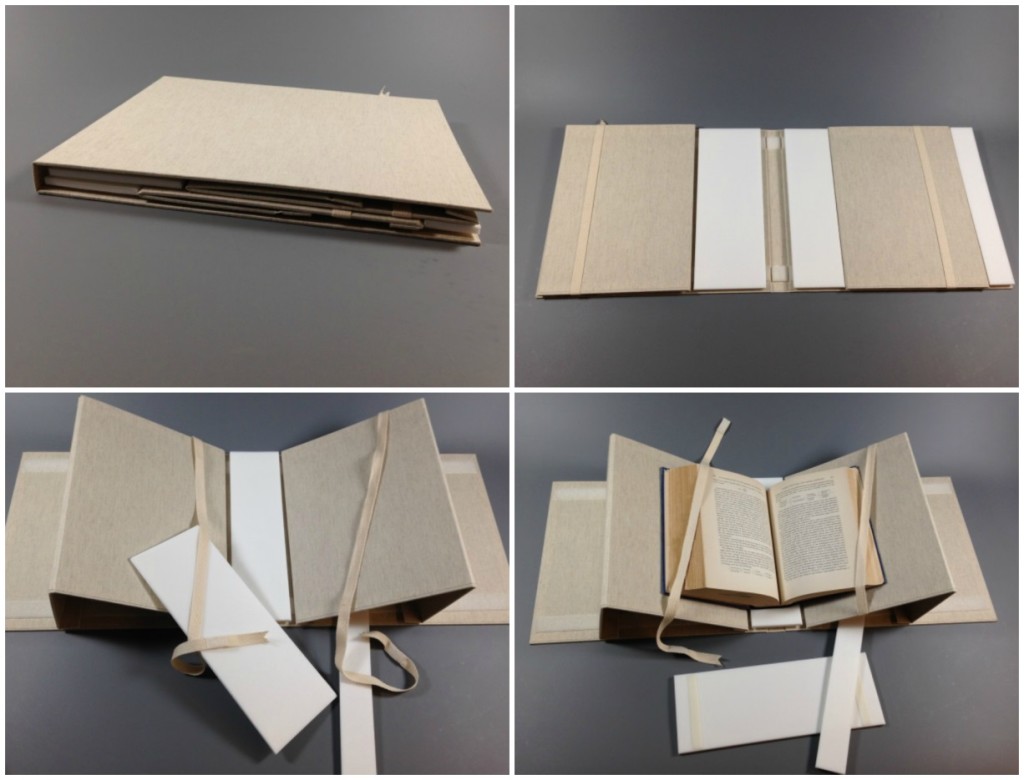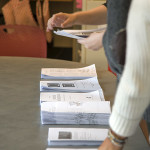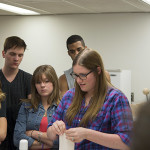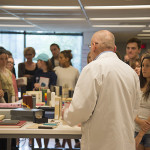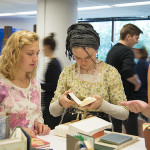Tracking treatments
Most preservation labs track their conservation treatments through a database that links to, or shadows, their institution’s library or museum catalog. For many years these databases were home grown, with labs using Access or FileMaker Pro – and that is what The Preservation Lab opted to do. While there are now commercial and consortial alternatives, we are still using our homegrown Access database for now.
Occasionally the lab is asked to share what we use. So, by semi-popular demand, attached please find the Treatment Database! Though not perfect, it might serve as a good model to those beginning to organize their treatment documentation beyond printed sheets and physical file cabinets. Some data has been kept so that you can experiment with the functionality.
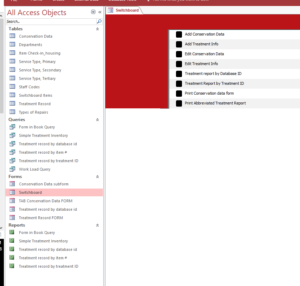
To download the treatment database go to the following web address – https://uc.box.com/s/8sq75e5dxe889ezwzteh2dsrrbkmt7t1. Read this file first, https://uc.box.com/s/rn34n4we0wrxpdj1s2p7xg6abg7mavdx, to help make sense of the databases organization.
[Note: Access databases won’t PREVIEW in this cloud based storage, but once you download the database it will function just fine.]
Once you download them, make them your own…they are clay ready to be molded to your needs! Go forth and be productive!
Holly Prochaska (UCL) — Preservation Librarian
